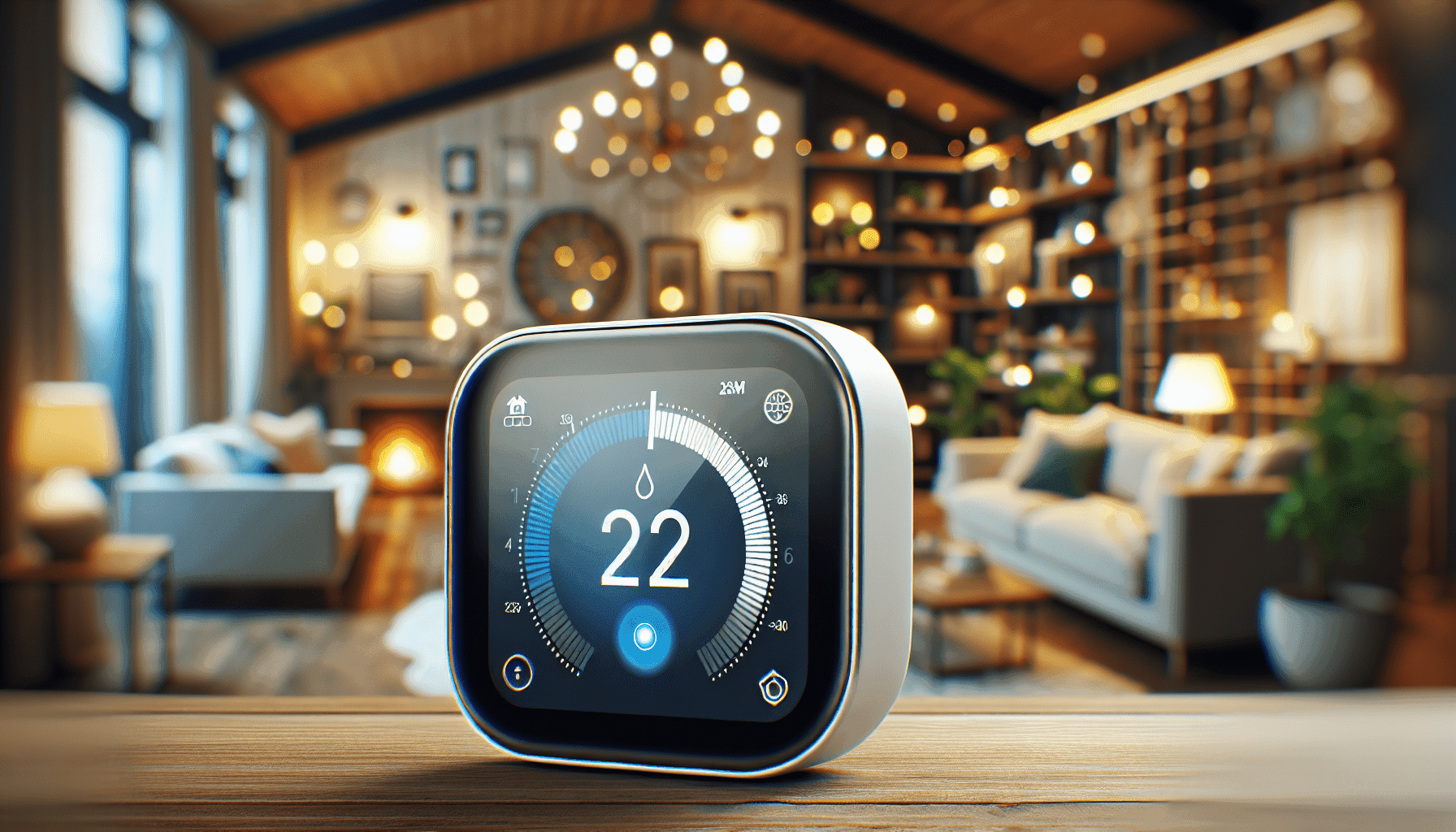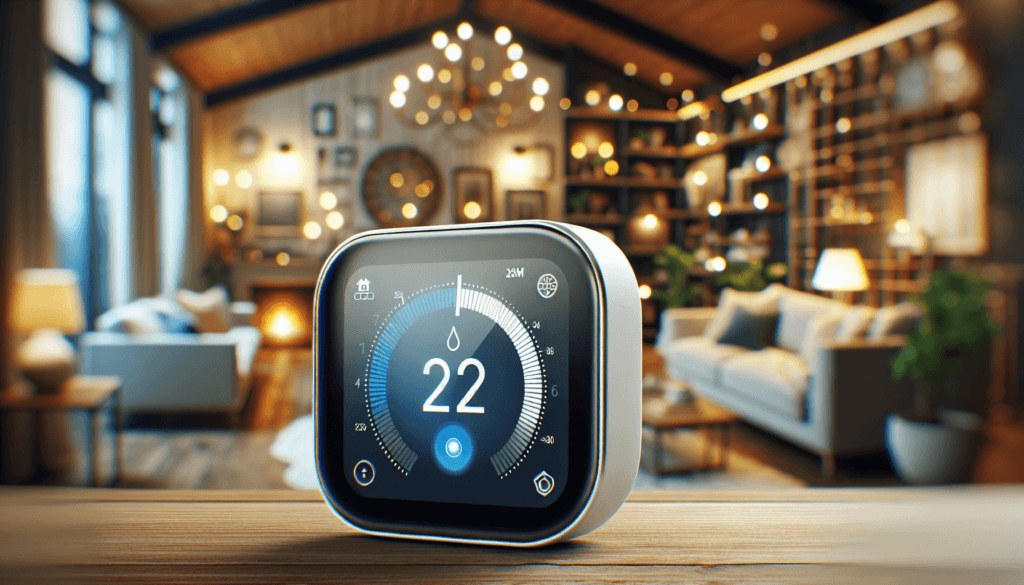Have you ever wondered why your electric bill seems to spike during certain months of the year? It might surprise you to learn just how much heating and cooling contribute to your overall energy expenses. Understanding this impact can help you make informed decisions about how to manage your energy usage, potentially saving you a significant amount of money. Let’s take a closer look at how these factors come into play and what you can do to optimize your energy consumption.
Learn More About Managing Costs
The Basics of Energy Consumption
Understanding your electric bill first requires a grasp of how energy usage is measured and billed. Most households are billed by kilowatt-hours (kWh), and different appliances consume varying amounts of energy.
Defining Kilowatt-Hours
A kilowatt-hour is a measurement of energy consumption. When you use 1,000 watts of electricity for one hour, you have consumed one kWh. Your electric bill is essentially a reflection of how many kilowatt-hours your household consumes over a billing period.
Major Energy Consumers in a Household
In most homes, heating and cooling systems are the largest energy consumers. Other significant energy users include water heaters, refrigerators, and lighting. Recognizing these major contributors can aid in prioritizing energy-saving efforts.
Heating: A Major Factor in Energy Costs
Heating your home can substantially impact your electric bill, particularly during the colder months. Let’s delve into why heating is such a significant contributor.
How Heating Systems Work
Heating systems, whether they are electric furnaces, heat pumps, or space heaters, convert energy into heat. Depending on the type of system, the efficiency and cost of running these appliances can vary.
Percentage of Electric Bill from Heating
On average, heating can account for about 30% to 50% of the energy bill in colder regions. The exact percentage can vary depending on the efficiency of your heating system and the harshness of the winter weather.
Discover Efficient Heating Solutions
Cooling: A Costly Comfort
Cooling your home during hot weather also presents a challenge in managing your electric bill. Air conditioning units are typically used to create a comfortable indoor environment when temperatures soar.
Understanding Air Conditioning Systems
Air conditioners work by removing heat from the indoors and expelling it outside. This process requires a significant amount of energy, especially in peak summer months.
The Impact of Cooling on Electric Bills
Cooling generally represents about 20% to 30% of the energy bill, depending on your climate and usage habits. In regions with extreme heat, this percentage can increase significantly.
Energy Efficiency: Key to Reducing Costs
Improving energy efficiency is a fundamental way to reduce heating and cooling costs. Let’s explore some practical steps.
Insulation: Your First Line of Defense
Proper insulation in your home helps maintain indoor temperatures, reducing the need for extensive heating and cooling. This means less energy consumption and lower bills.
Regular Maintenance of HVAC Systems
Maintaining your heating and cooling systems ensures they operate efficiently. Regular inspections and cleanings can prevent small issues from turning into costly repairs or inefficiencies.
Smart Thermostats: A Modern Solution
Smart thermostats provide more precise control over your home’s temperature settings. They can learn your habits and adjust the heating and cooling accordingly, helping to save energy.

Practical Steps to Cut Down Costs
Beyond improving efficiency, there are daily habits and adjustments that can lead to savings on your energy bill.
Adjusting Temperature Settings
By slightly lowering your thermostat during winter and raising it during summer, you can noticeably decrease your energy expenditure. A general rule of thumb is to set your thermostat to as low as comfortably possible in winter and as high as comfortably possible in summer.
Utilizing Fans and Natural Ventilation
Using ceiling fans and opening windows when appropriate can enhance natural airflow, reducing reliance on air conditioning and heating systems.
Sealing Leaks and Drafts
Inspect your home for leaks and drafts, especially around windows and doors. Sealing these can prevent loss of heated or cooled air, making your home more energy-efficient.
Understanding Seasonal Variations
Electricity usage typically varies with the seasons, and understanding this can help in planning your energy budget throughout the year.
Winter Heating Requirements
Winter months often require more heating, and as such, more energy consumption. Awareness and anticipation of this need can help in budgeting for higher bills.
Summer Cooling Needs
Conversely, summer brings about increased cooling needs. Setting a realistic expectation for your energy consumption during these months can help you avoid surprises on your bill.

Evaluating Your Energy Bill
Taking the time to evaluate your energy bill can reveal insights into your usage patterns, offering opportunities for additional savings.
Analyzing Your Bill for Trends
Look at the breakdown of your bill over multiple months. Identifying trends and spikes in usage can highlight problem areas or changes in your energy habits.
Calculating Heating and Cooling Percentages
Understanding precisely what percentage of your bill is dedicated to heating and cooling can aid in making informed adjustments. Consider using a monthly tracker or app that breaks down usage by category.
Engaging with Your Energy Provider
Many energy providers offer tools to help analyze usage or programs to aid in energy conservation. Some may have special rates or incentives for reducing consumption during peak times.
Additional Considerations for Saving
Beyond the home-focused tactics, consider larger strategic moves that could influence your energy costs.
Investing in Energy-Efficient Appliances
While initial costs can be high, energy-efficient appliances offer savings in the long term through reduced energy consumption.
Renewable Energy Options
Consider exploring renewable energy options, such as solar panels, which can significantly reduce your dependency on conventional energy sources.
Government Rebates and Incentives
Many government programs offer rebates or incentives for households investing in energy-efficient upgrades. Exploring these can provide financial assistance and additional savings.

The Role of Behavior in Energy Consumption
Your daily habits and lifestyle choices significantly impact your energy usage. A mindful approach can lead to valuable savings.
The Impact of Daily Habits
Small daily actions, like turning off lights when leaving a room or unplugging unused electronics, can cumulatively result in lower energy bills.
Educating Household Members
Promoting energy-saving habits among everyone in your household ensures collective responsibility and greater overall savings.
Setting Household Energy Goals
Setting tangible energy-saving goals and periodically reviewing progress can be a motivational approach to conserving energy.
Summarizing the Importance of Strategic Usage
Understanding the impact of heating and cooling on your electric bill empowers you to make strategic decisions. Through energy efficiency, informed behavior, and leveraging available resources, you can effectively manage and potentially lower your energy expenses.
In conclusion, by gaining a deeper understanding of how heating and cooling specifically affect your electric bill, you equip yourself with the knowledge to manage energy consumption more effectively. Awareness, coupled with actionable steps, can lead to significant cost savings and a more energy-efficient home. Evaluating your personal circumstances, considering both immediate changes and long-term investments, will guide you toward more sustainable energy management.

